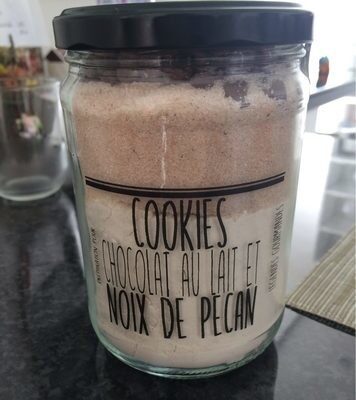Preparation pour cookies chocolat au lait et nois de pecan - Légendes Gourmandes
This product page is not complete. You can help to complete it by editing it and adding more data from the photos we have, or by taking more photos using the app for Android or iPhone/iPad. Thank you!
×
Barcode: 3760155984255 (EAN / EAN-13)
Brands: Légendes Gourmandes
Categories: Dried products, Cooking helpers, Dried products to be rehydrated, Dessert mixes, Pastry helpers, Baking Mixes, Biscuit mixes, fr:Préparations pour cookies
Labels, certifications, awards:
Green Dot
Countries where sold: France
Matching with your preferences
Environment
Packaging
Transportation
Report a problem
Data sources
Product added on by kiliweb
Last edit of product page on by packbot.
Product page also edited by beniben, openfoodfacts-contributors, yuka.UjVsUkU0OHNpL2twbXRzQTdBTEwrUDlReDRQNVkyQ3VjY3NmSVE9PQ, yuka.sY2b0xO6T85zoF3NwEKvlkhsCOb68jPnEDP5kEul5uiCLpL0S8h7_7bnaas.
If the data is incomplete or incorrect, you can complete or correct it by editing this page.






